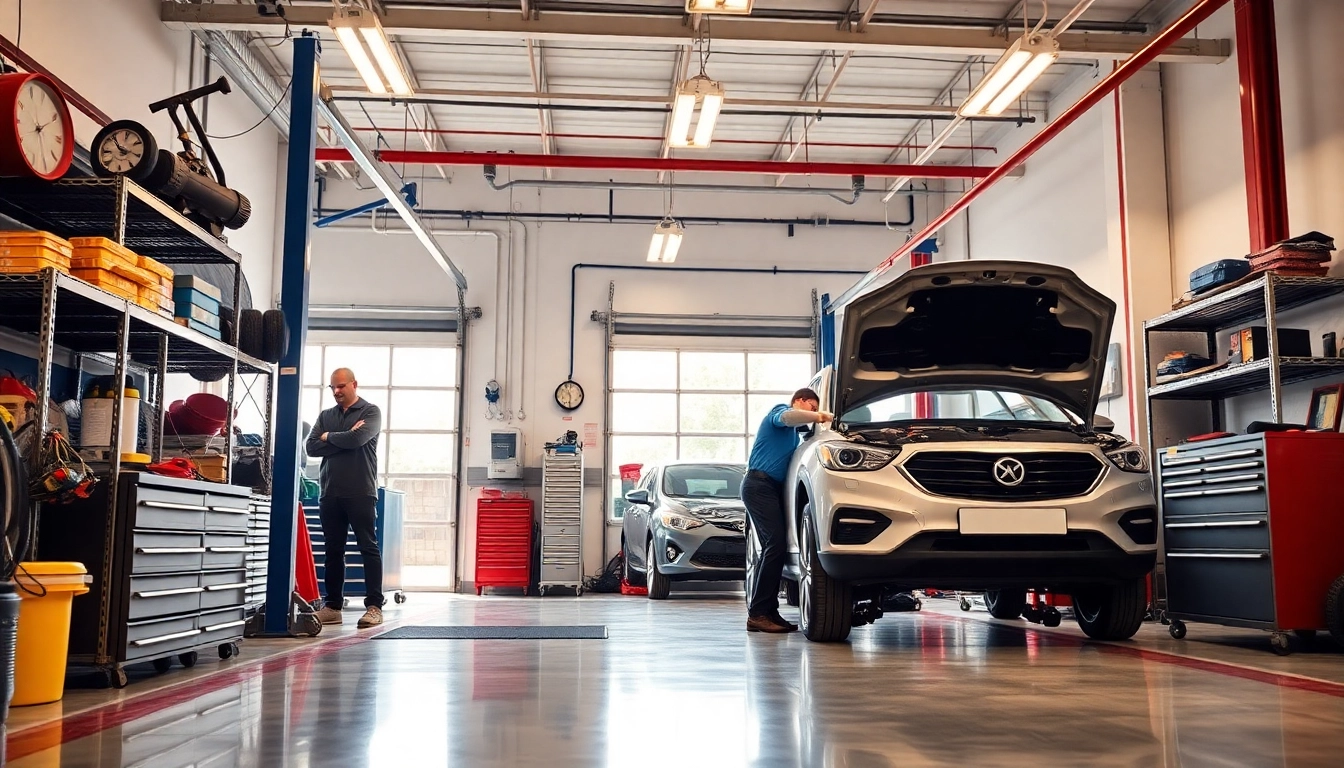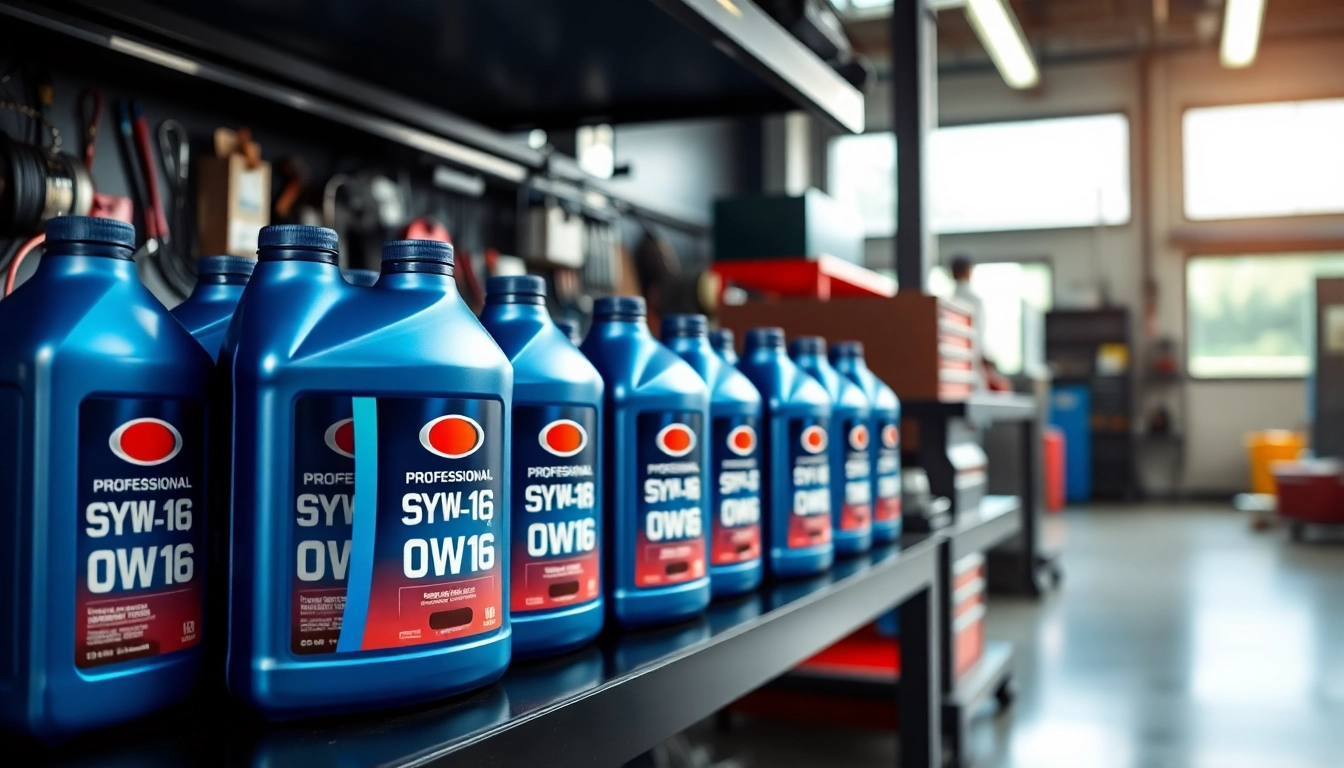Understanding the Used Vehicle Market
The used vehicle market is a dynamic space bustling with opportunities for consumers looking to save money while acquiring a reliable mode of transport. As more buyers turn to certified pre-owned and used vehicle options, understanding this market becomes essential. In this comprehensive guide, we’ll explore crucial factors that facilitate finding used vehicles, provide actionable insights, and help navigate the purchasing process efficiently. As the demand for used vehicles grows, the importance of informed decisions cannot be overstated; thus, let’s explore the intricacies of this thriving market.
1. Key Trends in Used Vehicle Sales
The landscape of used vehicle sales has evolved significantly over the past few years. With the economic shifts and growing dependence on online ecosystems, several key trends have emerged:
- Online Shopping: The shift toward online vehicle shopping has accelerated. Platforms like Find Used Vehicles are transforming how consumers search for, evaluate, and purchase used cars.
- Increased Demand for SUVs and Trucks: There is a noticeable trend toward larger vehicles. Consumer preferences have shifted toward SUVs and trucks due to their versatility and space, leading to higher demand in the used vehicle market.
- Focus on Sustainability: As environmental concerns grow, many buyers are seeking fuel-efficient alternatives. This is reflected in the rising popularity of hybrid and electric used vehicles.
- Warranty and Safety Standards: With manufacturers providing certified pre-owned vehicles, the assurance of warranties and safety standards attracts buyers looking for reliability.
2. Common Challenges When Searching
As beneficial as the market for used vehicles is, prospective buyers often face several challenges during their search:
- Information Overload: With countless listings across various platforms, it can be daunting for buyers to process all available data, leading to confusion rather than clarity.
- Quality and Reliability Concerns: Differentiating between vehicles that are high-quality and those that may pose risks can be tricky. Buyers must be wary of hidden defects or unfavorable histories.
- Pricing Variability: The price of used cars can vary widely based on condition, model, and seller reputation, making it difficult for buyers to determine a fair price.
3. Importance of Researching Vehicle History
Due diligence in researching the history of a potential used vehicle is paramount. Tools like CARFAX and AutoCheck provide essential reports that can uncover crucial details regarding prior accidents, odometer discrepancies, or outstanding recalls.
Investing time in obtaining and analyzing a vehicle’s history can save buyers from future headaches, ensuring they understand what they are purchasing. Additionally, it aids in negotiation processes, allowing buyers to leverage any discrepancies they find.
Setting Your Budget for a Used Vehicle
Before diving into the used vehicle market, it’s imperative to establish a clear budget. This budget should encompass not just the purchase price but also the overall cost of ownership. Here’s how to effectively set a financial framework:
1. How to Calculate Total Cost of Ownership
The total cost of ownership (TCO) incorporates a range of variables, such as:
- Purchase Price: Determine the maximum amount you are willing to spend on the vehicle.
- Insurance Costs: Rates can vary significantly based on the make and model of the vehicle.
- Fuel Efficiency: Calculate expected fuel expenses based on EPA ratings and your anticipated driving patterns.
- Maintenance and Repairs: Some brands are more reliable than others; consult reliability ratings and factor these into your budget.
- Depreciation: Understand how the vehicle will retain value over time, affecting long-term costs.
2. Financing Options for Used Vehicles
Financing used vehicles can be achieved through various means, including traditional loans, credit unions, and dealerships offering financing plans. Here are some strategies to consider when financing:
- Bank Loans: Going through a bank or credit union often yields competitive interest rates and flexible terms.
- Dealership Financing: While convenient, dealership financing may come with higher interest rates; it’s crucial to weigh your options carefully.
- Personal Loans: For those with good credit, a personal loan can be a viable alternative, offering potential financial flexibility.
3. Anticipating Unexpected Costs
Used vehicles may present unexpected costs beyond initial paperwork and purchase. To plan adequately:
- Budget for Repairs: Maintenance costs can arise quickly, especially if the vehicle hasn’t been well maintained.
- Emergency Fund: Setting aside funds for unforeseen expenses helps mitigate financial strain during car ownership.
Where to Find Used Vehicles Effectively
Finding the right vehicle involves navigating various marketplaces. Different options provide different advantages:
1. Online Platforms vs. Dealerships
Comparing online platforms and traditional dealerships showcases their distinct advantages:
- Online Platforms: Websites like Autotrader, Cars.com, and specialized classifieds can offer competitive pricing and extensive listings in a streamlined format.
- Dealerships: Often provide a transparent purchasing experience and certified pre-owned vehicles with warranties, though they might come at a premium.
2. Utilizing Search Engines to Find Used Vehicles
Leveraging search engines effectively enhances your ability to find used vehicles. Here are some tips:
- Advanced Search Filters: Use specific search terms like make, model, location, and price range to refine results.
- Comparison Tools: Some platforms offer comparisons across vehicles, helping you to weigh options side by side.
3. Benefits of Private Sales vs. Dealership Transactions
Buying from private sellers can offer several benefits:
- Lower Prices: Private sales often allow for lower purchase prices as they eliminate dealership overhead.
- Room for Negotiation: Individual sellers may be more willing to negotiate than dealerships.
However, potential risks accompany private sales, including fewer protections on warranties and history reporting. Thus, it’s advisable to conduct thorough inspections and research.
Evaluating Used Vehicles Before Purchase
Conducting a detailed evaluation of any potential purchase ensures that you make a well-informed decision. This process can significantly reduce the risk of subpar buys.
1. Conducting a Thorough Inspection
A comprehensive inspection should be performed whether you’re leaning toward a private sale or dealership purchase:
- Exterior Examination: Look for rust, dents, or paint inconsistencies that may indicate prior damage.
- Interior Check: Inspect the seats, dashboard, and electronics to ensure everything functions correctly.
- Under the Hood: Check fluid levels, belts, and hoses for signs of wear.
Consider hiring a professional mechanic to conduct a more detailed inspection if you’re uncertain about your findings.
2. Understanding Mileage and Maintenance Records
Mileage significantly impacts a vehicle’s lifespan and performance. Understanding the relationship between mileage and maintenance records can reveal its true condition. A well-documented maintenance history is a positive sign, indicating that the owner has prioritized upkeep, thus enhancing reliability.
3. Test Driving Tips for Used Vehicles
Test driving is more than just taking the car for a spin; it’s about evaluating how well the vehicle meets your expectations:
- Prioritize Variety: Experience different terrain, such as highways and side streets, to gauge handling and comfort.
- Listen for Sounds: Pay attention to unusual noises that could signal underlying issues.
- Review Comfort: Test the seating and controls to ensure they align with your preferences.
Negotiation and Closing the Deal
Once you’ve found the right vehicle, the negotiation process begins. This stage is crucial for maximizing your financial advantage.
1. Preparing for Negotiations
Preparation is key. Come to the table equipped with knowledge:
- Market Research: Know the vehicle’s value. Utilize tools like Kelley Blue Book to reference fair pricing for similar models.
- Set Clear Limits: Determine the maximum you are willing to spend, enabling you to negotiate without losing your comfort zone.
2. Recognizing Red Flags During Transactions
Stay vigilant about potential red flags in the negotiation process:
- Pressure Tactics: Be wary of sellers who rush or pressure you, signaling that something might be amiss.
- Vague Information: Unclear maintenance histories or the absence of necessary documents can indicate potential problems.
3. Finalizing Paperwork for a Smooth Purchase
Once negotiations are concluded, completing the necessary documentation is the final step. Make sure to:
- Review Contracts: Read all paperwork thoroughly before signing, ensuring clarity on terms and conditions.
- Understand Transfer Fees: Be aware of any fees associated with transferring ownership and registration.
By maintaining transparency and a clear understanding of the transaction, you can bypass hiccups commonly associated with used vehicle purchases.














Leave a Reply